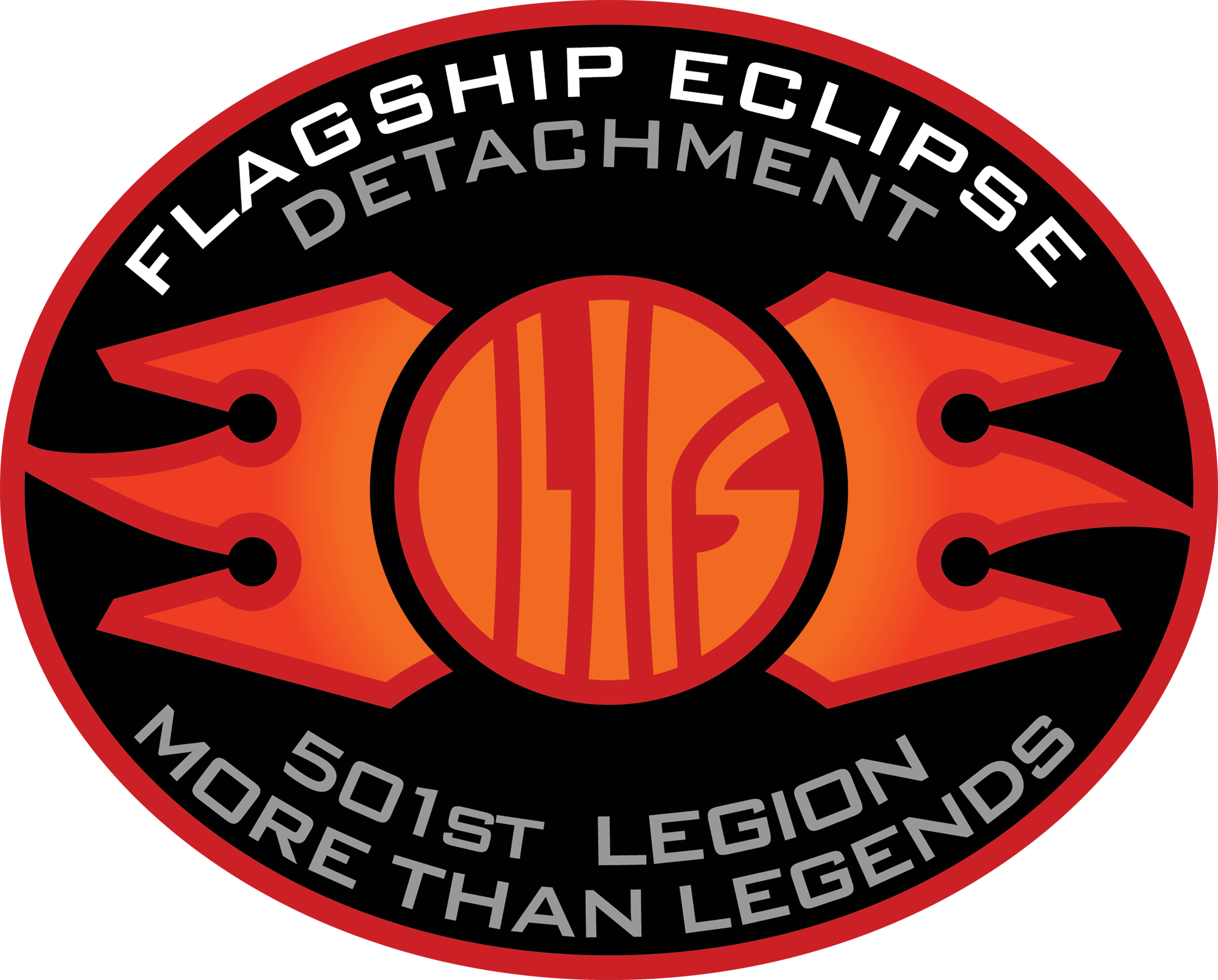How does The Acolyte’s cortosis hold up against The Mandalorian’s beskar?
Forging a new pauldron to commemorate your recent mudhorn kill like the Mandalorian? Need a spear that can stand up to a lightsaber like Morgan Elsbeth‘s? Can’t seem to find the perfect creepy mask for your moody dark side fit ala the Stranger in The Acolyte? Sounds like you may need a little Star Wars metalwork in your life. And right now, nothing says, “I’m here to slay” like the two hottest metals in the galaxy — cortosis and beskar!
But what’s the difference and which one is right for you? Let’s dig in and find out:
Real-world origins
Beskar: Anyone who’s seen The Mandalorian knows the significance of beskar. The metal has played a prominent role throughout the series, but it dates back to the Tales of the Jedi comics of the 1990s
wherein it was referred to as “Mandalorian iron.” It gained the name “beskar”
in a 2006 Star Wars Insider article
by Karen Traviss, and was first mentioned on-screen in the two-part premiere of Star Wars Rebels season four. There, it’s revealed Sabine Wren unwittingly designed an Arc Pulse Generator superweapon dubbed “The Duchess” that would superheat beskar, incinerating anyone wearing armor forged from the Mandalorian metal.
Most notably, beskar is featured throughout The Mandalorian, from the mysterious Imperial ingots first revealed by the Client in the series premiere to the evolution of Din Djarin’s armor over the course of the first season.
Cortosis: First introduced in Michael Stackpole’s I, Jedi novel in 1998, this unique metal was later referenced in John Jackson Miller’s novel A New Dawn in 2014, where readers were introduced to the villainous cyborg, Count Vidian, featuring a cortosis mesh skin graft.
More recently, cortosis made its first live-action appearance in The Acolyte’s episode five (“Night”) as an important element of the Stranger’s helmet and gauntlet.
In-world qualities
Beskar: As seen throughout its onscreen inclusion in The Mandalorian, beskar is strong — stronger than durasteel. Even strong enough to deflect a lightsaber blade! This rare metal, found on Mandalorian worlds, is forged using a cryo-furnace and techniques that have been closely guarded secrets by Mandalorians for ages.
Cortosis: Unlike beskar, cortosis is not particularly strong. In its purest state, it can easily be fractured, which means the metal is not as durable as beskar — illustrated by Jecki Lon’s fierce takedown of the Stranger’s cortosis helmet in The Acolyte. However, its unique ability to absorb, dissipate, and transfer energy makes it a valuable tool against blaster fire, and even lightsaber blades. In fact, cortosis will temporarily short out a lightsaber upon contact, making it a potentially
surprising shielding material that renders a Jedi vulnerable.
In-world uses
Beskar: It’s no surprise beskar is used heavily in Mandalorian culture, even found in the hilt of the famed Darksaber. Much of Din Djarin’s armor is forged from beskar, as is Grogu’s chainmail shirt, melted down from Djarin’s (formerly Morgan Elsbeth’s) beskar spear. Additionally, Mandalorian forge tools — like the magnetic tongs and gravity hammers used by the Armorer — are made of beskar.
Recognizing the significance (and value) of beskar, the Empire collected much of the material during the Great Purge of Mandalore, often melting it down and creating cog-stamped Imperial ingots used for currency.
Cortosis: During the High Republic, the Stranger fashioned a striking mask and arm bracer out of the material, making him a shockingly deadly opponent to the Jedi he encountered in the forests of Khofar.
More than a century later, during the Clone Wars, battle droids and clone trooper armor (that could be used during Order 66) were being developed using cortosis — a plan thwarted by Padmé Amidala, Anakin Skywalker, and Commander Thrawn.
Infamous archaeologist Chelli Aphra also encountered cortosis in the form of the Tagge protoblade, a weapon designed to replicate the Jedi lightsaber.
So, which Star Wars metal is right for you?
It depends. If you’re looking for brute strength (with a shiny finish), beskar is your ticket. If understated and crafty is more your speed, give cortosis a try.
For more on Star Wars metal, watch The Mandalorian and The Acolyte, now streaming on Disney+.

